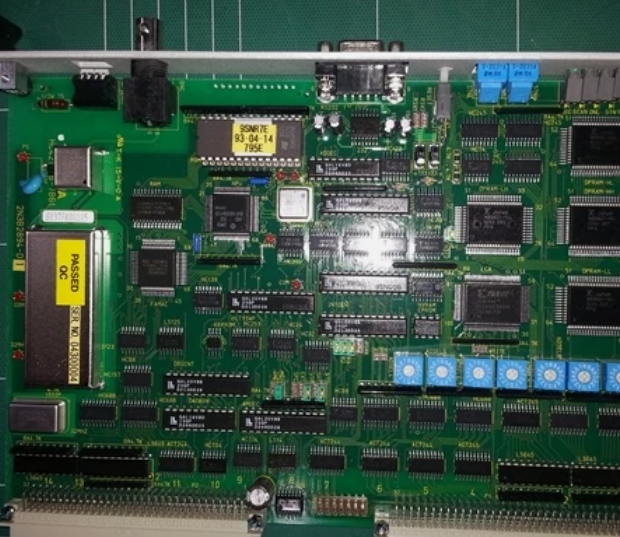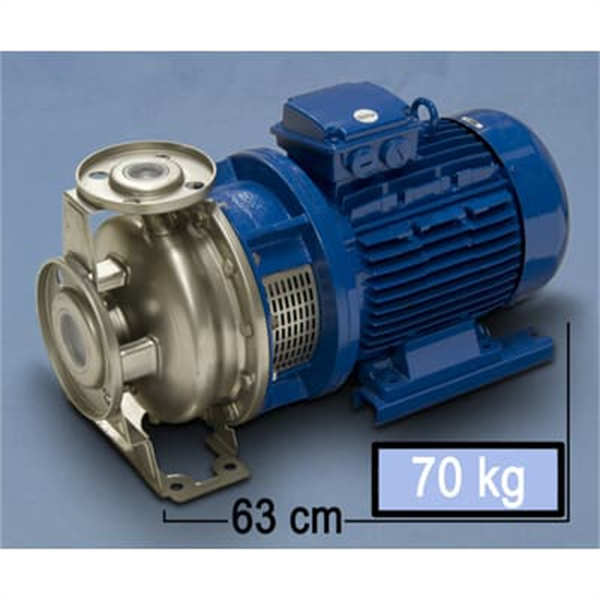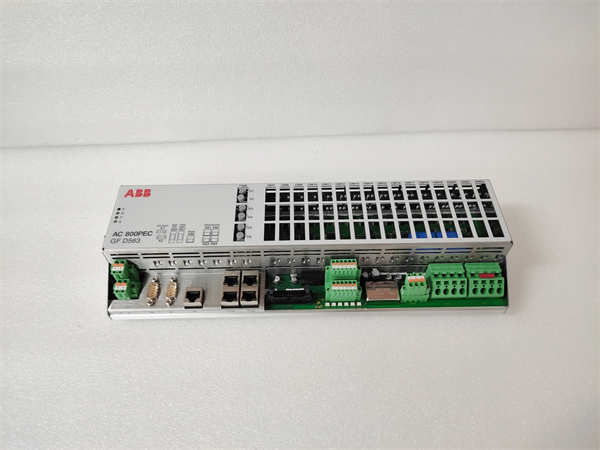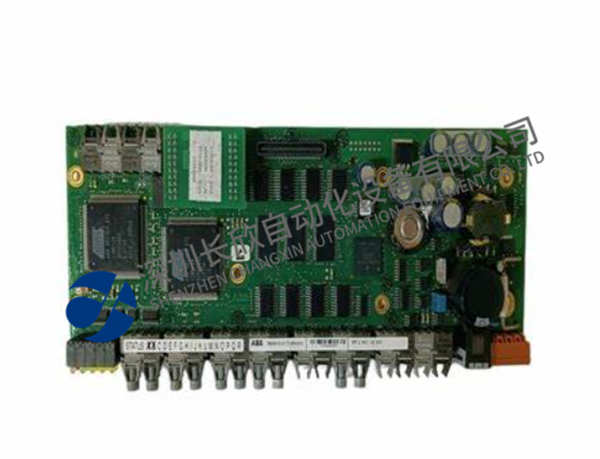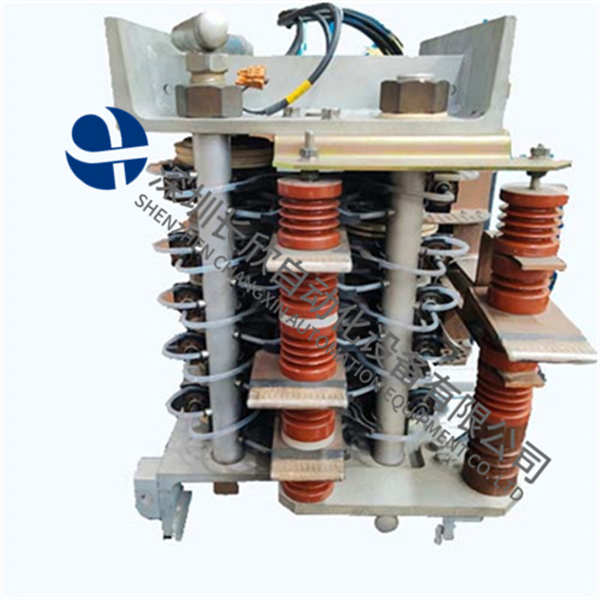描述
一、产品概述
TOSHIBA HC422B是东芝(TOSHIBA)开发的工业自动化控制板,专为工业设备的实时监测与控制设计,适用于制造业、自动化系统及楼宇管理等领域。其核心功能包括数据采集、逻辑运算与设备控制,支持与东芝设备的无缝集成,具备高可靠性与抗干扰能力。
二、核心功能与特点
高性能控制能力
多任务处理:支持复杂逻辑运算与实时数据处理,适用于高精度控制场景(如电机调速、传感器信号分析)。
模块化扩展:可灵活扩展数字量与模拟量输入/输出模块,适配不同工业设备需求。
工业级设计
环境适应性:
工作温度范围:-40°C至85°C(部分型号支持-30°C至+70°C)。
防护等级:IP56/IP67(需配合机柜安装),抗电磁干扰与恶劣环境。
电源兼容性:支持24V DC电源输入,部分型号兼容220V AC。
通信与集成
通信接口:
以太网接口(10/100 Mbps):支持TCP/IP协议,实现远程数据传输与系统集成。
现场总线兼容性:可连接Modbus、PROFINET等协议设备。
编程配置:支持梯形图(LD)、功能块图(FBD)等编程语言,用户可自定义控制逻辑。
数据处理与响应
输入滤波:内置输入滤波器,响应延迟约10ms,确保信号稳定性。
实时性:程序扫描周期可低至毫秒级,满足实时控制需求。
三、技术参数
参数类别规格
结构形式控制板(模块化设计)
处理器32位RISC CPU(处理速度50 MHz)
存储容量程序存储16 MB,数据存储256 MB
通信接口以太网(10/100 Mbps)、RS-232/RS-485(可选)
工作电压24 V DC(部分型号支持220 V AC)
I/O扩展能力最大支持数千个点(需外接模块)
环境温度-40°C至85°C
防护等级IP56/IP67
重量1.5-2.3 kg
四、典型应用场景
工业设备控制
电机与泵:实时监测转速、电流及温度,实现启停控制与保护。
暖通空调系统:调控温度、湿度与空气流量,优化能源效率。
自动化生产线
机械臂运动控制:通过传感器反馈实现精准定位与路径规划。
包装设备:协调多设备协同工作,提升生产效率。
楼宇管理系统
智能照明与安防:集成传感器数据,实现自动化控制与异常报警。
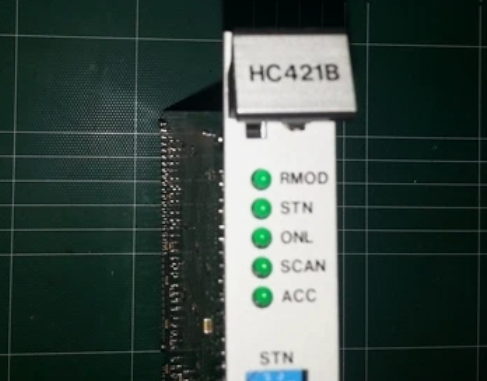
1.Product Overview
TOSHIBA HC422B is an industrial automation control board developed by Toshiba.It is designed for real-time monitoring and control of industrial equipment,and is suitable for manufacturing,automation systems and building management fields.Its core functions include data acquisition,logical computing and device control,support seamless integration with Toshiba equipment,and have high reliability and anti-interference capabilities.
2.Core functions and features
High performance control capability
Multitasking:supports complex logic operations and real-time data processing,and is suitable for high-precision control scenarios(such as motor speed regulation and sensor signal analysis).
Modular expansion:It can flexibly expand digital and analog input/output modules to adapt to different industrial equipment needs.
Industrial design
Environmental adaptability:
Operating temperature range:-40°C to 85°C(some models support-30°C to+70°C).
Protection level:IP56/IP67(need to be installed with the cabinet),resisting electromagnetic interference and harsh environments.
Power Compatibility:Supports 24V DC power input,and some models are compatible with 220V AC.
Communication and integration
Communication interface:
Ethernet interface(10/100 Mbps):supports TCP/IP protocol,realizing remote data transmission and system integration.
Fieldbus compatibility:It can be connected to Modbus,PROFINET and other protocol devices.
Programming configuration:Supports programming languagessuch as ladder diagram(LD),function block diagram(FBD),and users can customize control logic.
Data processing and response
Input filter:Built-in input filter,the response delay is about 10ms to ensure signal stability.
Real-time:The program scanning cycle can be as low as milliseconds to meet real-time control needs.
3.Technical parameters
Parameter Category Specifications
Structural form Control board(modular design)
Processor 32-bit RISC CPU(processing speed 50 MHz)
Storage capacity:16 MB of program storage,256 MB of data storage
Communication interface Ethernet(10/100 Mbps),RS-232/RS-485(optional)
Operating voltage 24 V DC(some models support 220 V AC)
I/O expansion capability:Supports up to thousands of points(external modules are required)
Ambient temperature-40°C to 85°C
Protection level IP56/IP67
Weight 1.5-2.3 kg
4.Typical application scenarios
Industrial equipment control
Motor and pump:Monitor speed,current and temperature in real time to achieve start-stop control and protection.
HVAC system:regulates temperature,humidity and air flow,and optimizes energy efficiency.
Automated production line
Robotic arm motion control:Accurate positioning and path planning through sensor feedback.
Packaging equipment:Coordinate the collaborative work of multiple equipment to improve production efficiency.
Building Management System
Intelligent lighting and security:Integrate sensor data to realize automated control and abnormal alarms.

